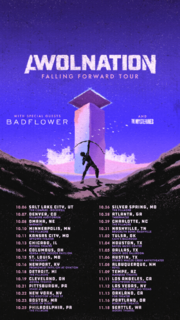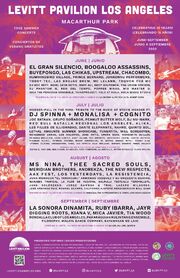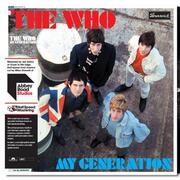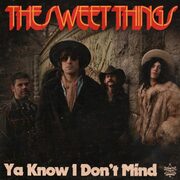New York, NY (Top40 Charts) Since the inception of billboard charts in the mid-1930s, little has changed in their basic format for 70 years. The stability of the music industry over much of the 20th century, predicated as it was on the sales of physical media first in the form of vinyl, then CDs, meant that the top singles would be from the top albums, and the entire process was easy to analyze for industry professionals and music pundits alike. That was, until the rise of the internet and the spread of a wholly new form of music media - the MP3.
90s Utopias
The origins of the MP3 actually lies in the 1980s, though it wasn't until the development of peer-2-peer sharing clients, such as the infamous Napster, in the latter years of the 1990s that MP3s began to become commonplace. The early years of the internet were characterized by widespread utopian aspirations. Finally, the world was fully connected, with free and open access to information available to everyone. This was the time of major open-source projects that sought to propagate free software and utilities, like a 1990s cyberspace summer of love. Message boards were connecting like-minded thinkers from disparate locations for the first time, leading to the development of wholly new non-local subcultures. Everywhere a sense of freedom abounded, and this attitude set these ideals on a collision course with major global industries that had come to expect a steady stream of profit in exchange for their marketed goods.
Free-for-all
Napster was a means by which people could trade music, in MP3 form, to one another, free of charge. The decentralizing impact of this is difficult to grasp today. If you wanted a specific song previously, and it wasn't available as a single, you would have to buy the physical album it shipped with. Napster and platforms like it let people pick and choose, building bespoke music collections and playlists to their liking. It wouldn't be until many years later that the music industry saw the wisdom in this process and leased their tracks to streaming platforms like Spotify.
Disruptive Tech
Of course the MP3 was but the latest in a long line of disruptive technological innovations that were initially met with resistance and slow adoption, before eventually becoming dominant. In the 1940s, few could have predicted that TVs would ultimately supplant the radio as the dominant live medium for information and entertainment in global households. In North America, the pioneering success of Charles Fey's one armed bandit slot machines seemed unlikely to be eclipsed by their software equivalents that are now enjoyed by Canadians at reputable online platforms such as VegasSlotsOnline, and Blockbuster video didn't take Netflix's streaming revolution seriously until it was all too late. With the benefit of hindsight these evolutions seem obvious, but one must consider that new tech ideas experience false false-starts and fall by the wayside all the time, one key example being the MiniDisc.
The industry backed successor to the CD, the MiniDisc, offered greater stability and larger capacity, while retaining the physical footprint that made them easy to monetize. Yet despite a major push by manufacturers such as Sony in 1997, sales did not materialize. Affordable P3 players capable of competing with CD players took a few more years to emerge, but by the time Apple launched the first iPod in 2001, the death knell for physical music media have been decisively rung. That first generation iPod shipped with a 5GB capacity that enabled it to carry in excess of 1000 songs compared to a standard CD's 20.
Rise of the MP3
Ultimately Napster's time in the sun was short lived - the company would lose a high profile music piracy test case to the assembled forces of the music industry in the year 2000, which effectively closed the legal gray area in which its disruptive technology thrived. Yet the genie was well and truly out of the bottle by this time. In 2003, billboard launched the Hot Digital Tracks Chart and this gradually displaced the conventional singles and LP sales charts as the decisive determining factor in music popularity. With iTunes and other platforms offering the ability to purchase single MP3 songs, a much greater diversity of tracks have had their chance to become chart toppers in recent years, with parody purchases and nostalgic hits spontaneously going viral and hitting the number one spot.























